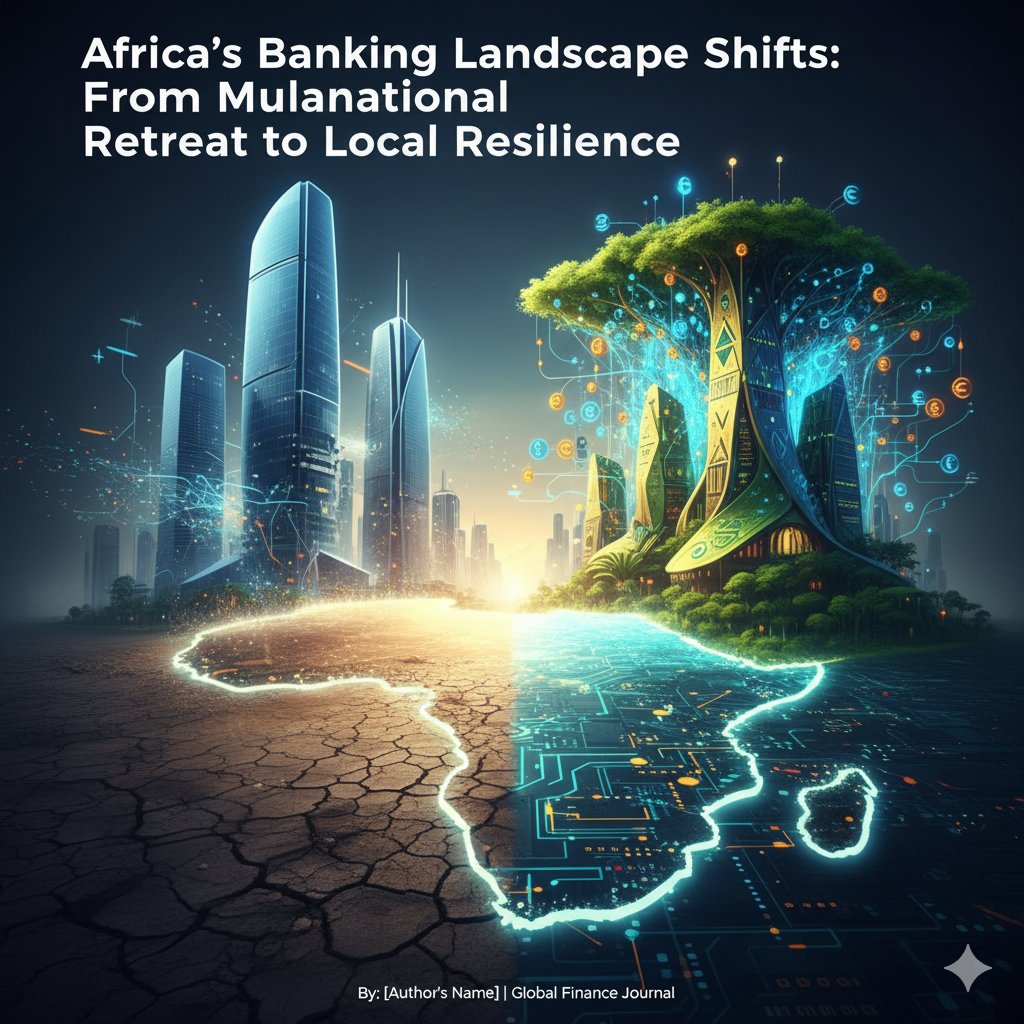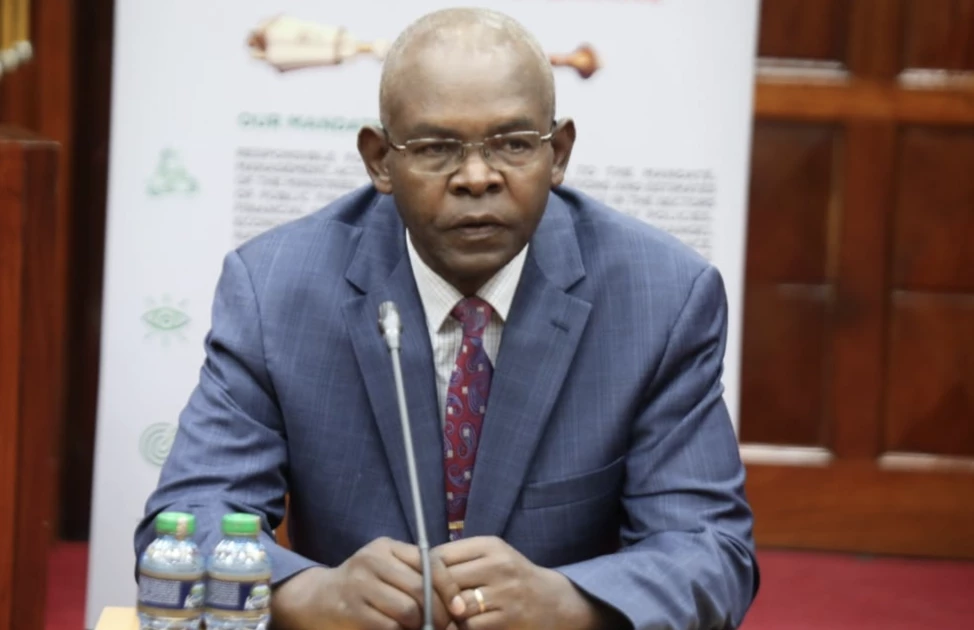Africa’s Banking Landscape Shifts: From Multinational Retreat to Local Resilience
Standard Chartered (LSE:STAN), Société Générale (EPA:GLE), and BNP Paribas (EPA:BNP) are scaling back in Africa. Rising costs and shrinking margins push exits, while Equity (NSE:EQTY), KCB (NSE:KCB), and Access Bank (NGX:ACCESSCORP) expand, redefining market dynamics for investors.

The steady retreat of foreign banks from Africa has accelerated in recent years, reflecting a structural shift in the continent’s financial landscape. What began as isolated divestments has evolved into a broad, though selective, retrenchment driven by rising operating costs, profitability pressures, and intense competition from local banks and digital platforms. The result is a reshaping of market dynamics, with implications for credit distribution, investor sentiment, and the balance between global capital and domestic finance.
Over the past decade, global names once synonymous with African banking have steadily scaled back. Barclays’ withdrawal between 2017 and 2020 from its controlling stake in Barclays Africa culminated in the rebranding of Absa, effectively ending a century of legacy operations. Standard Chartered followed in 2022 by announcing exits from seven markets—including Angola, Cameroon, Gambia, Sierra Leone, and Zimbabwe—while simultaneously withdrawing consumer banking from Tanzania and Côte d’Ivoire. Société Générale has been actively divesting subsidiaries across Congo, Equatorial Guinea, Mauritania, Chad, Mozambique, and Morocco, with further exits announced in Benin, Burkina Faso, Guinea, and Togo. BNP Paribas closed its corporate and investment banking unit in South Africa in 2024, while U.S. giant Citi narrowed its Africa footprint to wholesale banking only as part of a global retreat from retail markets. French groups such as Crédit Agricole and BPCE have also trimmed exposure, leaving their African presence marginal compared to the 2000s.
The drivers of these moves are consistent across markets. Profitability has been squeezed by currency depreciation, which erodes the value of local earnings when translated into dollars or euros. The Tanzanian shilling (USD/TZS=X) has fallen nearly 8 percent year-on-year, echoing wider FX pressures across the continent. Regulatory demands—from anti-money laundering compliance to capital adequacy—have raised fixed costs. Meanwhile, fintech platforms and mobile money providers such as M-Pesa (Vodacom, JSE:VOD), MTN Mobile Money (JSE:MTN), and Orange Money (EPA:ORA) have eaten into transaction revenue streams once dominated by foreign banks. At the same time, stronger local institutions are rising. Kenyan banks like Equity Group (NSE:EQTY) and KCB Group (NSE:KCB) posted double-digit profit growth in 2024, even as foreign peers trimmed exposure. In Ghana, locally anchored banks filled the gaps left by SocGen’s exit, while in Nigeria, Tier-1 institutions such as GTCO (NGX:GUARANTY) continue to dominate. Fitch Ratings expects this transfer of market share to accelerate as multinationals retreat.
Yet the picture is not one of wholesale abandonment. Some banks are pivoting rather than exiting entirely. Standard Chartered, while closing retail units, has signaled selective expansion in Morocco’s wholesale market. Citi continues to maintain investment banking and FX services across key hubs. SocGen, even as it sells down in smaller markets, retains exposure in North Africa. The retrenchment therefore reflects pruning at the margins combined with consolidation in higher-value hubs, not a uniform exodus.
For Africa’s financial ecosystem, these moves signal both risk and opportunity. On the risk side, reduced participation from global players could limit access to correspondent banking networks and international credit, raising the cost of trade finance in frontier economies already struggling with dollar shortages. On the opportunity side, domestic champions and nimble fintechs are filling the vacuum. Equity, KCB, Absa, and Nigeria’s Access Bank (NGX:ACCESSCORP) are expanding regionally, seeking scale and leveraging digital platforms to serve retail and SME markets. From a capital markets lens, the retreat underscores the higher risk premium attached to African credit. Tanzania’s Eurobond (TANZAN 6.38% 2031, XS2369786460) trades at a yield of 9.2 percent, in line with Kenya’s 2032s at 9.5 percent (KENINT 2032, XS2461783146) and Ghana’s restructured 2030s at 10.1 percent (GHANA 2030, XS1859303977). These levels reflect investor wariness about structural bottlenecks—including underdeveloped credit channels—that foreign banks once helped to mitigate. Multilateral interventions, such as AfDB’s USD 10 million guarantee to Exim Bank Tanzania, may soften transactional risk but cannot offset the broader systemic retreat.
Foreign banks are therefore not abandoning Africa outright, but they are pruning aggressively, guided by capital efficiency and return thresholds. Sub-scale retail operations in volatile currency environments no longer justify the cost of compliance and capital. Africa’s financial future will be shaped less by global giants and more by domestic and regional champions, supported by fintech innovation and selective multilateral de-risking. For investors, the signal is clear: structural shifts in Africa’s banking sector are rebalancing opportunity away from foreign incumbents and toward local resilience.





